Local book about First World War recounts tragedy in the trenches and hardship at home
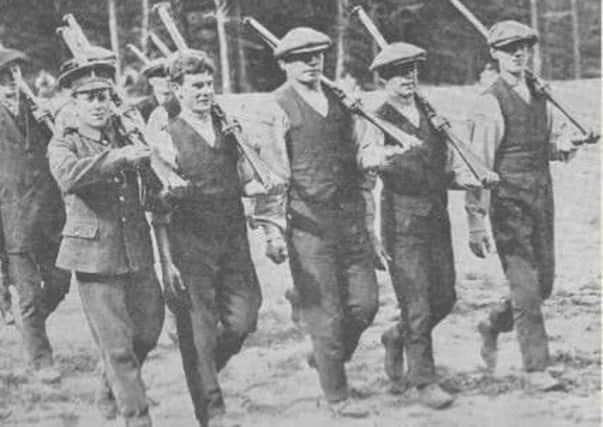

Entitled Ballinamallard and the Great War the local historical society’s publication is billed as “a review of Ballinamallard’s involvement in the Great War”.
With over 120 pages of local history starting with The Plantation years and continuing through Home Rule, the Covenant and the formation of the Ulster Volunteer Force in January 1913, the book vividly recounts the Declaration of War in 1914 and the local men who left home to train for the trenches.
Advertisement
Hide AdAdvertisement
Hide Ad“The first contingent of 114 men left Enniskillen for Finner Camp at Ballyshannon on 1st September. It included four Ballinamallard men – J Anderson, Walter Hetherington, Jack Woods and Alex Armstrong.”
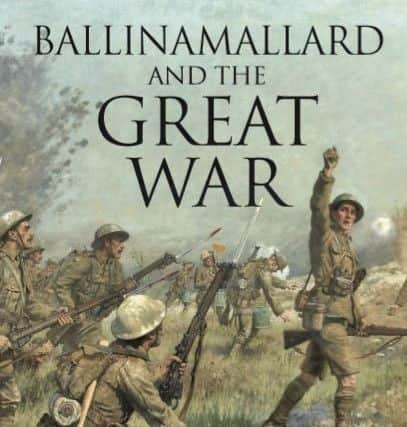

The alphabetical list of the men who served and the many who died carries through over 100 pages of the book, punctuated throughout with tragedy, horror and heroism, and includes numerous photographs, letters, newspaper cuttings and illustrations.
The first casualty from the Ballinamallard area was Private James Dane, a 24-year-old former farmworker killed in action at Arras, France, on May 19, 1915.
Private Thomas Hunter, who died of his wounds in France on October 30, 1918, was the last soldier from the Ballinamallard area to perish during the Great War.
Advertisement
Hide AdAdvertisement
Hide AdOf over 170 men from the town and the surrounding area who served, 58 died.
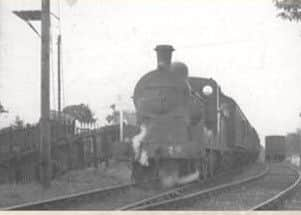

Over half of the local men who lost their lives were under 24 years of age whilst the oldest man to die was 52-year-old Private William Fair, killed in action on the June 18, 1916 at 52 years of age.
The back cover of the book summarises the often heart-breaking but enlightening accounts of those she served: “Their stories are inspirational and give an insight into the military, social and political events of one of the most turbulent periods in British and Irish history.”
Henry Robinson, chairman of Ballinamallard Historical Society, wrote the book’s introduction: “Many young men from the Ballinamallard area heeded the call and signed up for service in the Great War; some for patriotic reasons; others to support their families at home when times were hard, food was scarce and there was little opportunity to earn money. Many enlisted to prevent Home Rule while others thought they would promote it.”
Advertisement
Hide AdAdvertisement
Hide AdMr Robinson thanks and acknowledges “the members of the community who have provided information and generously of their time,” compiling the book, and adds: “There are too many to provide an exhaustive list. We are particularly grateful to John Graham who did most of the research and who prepared the text for publication.”
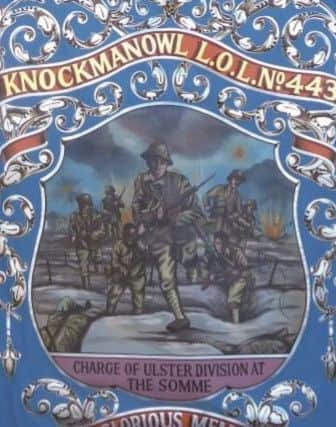

Their collective work undoubtedly demonstrates the extent to which the Great War affected the Ballinamallard area.
Henry Robinson explains in the book: “While we are aware of the names of those who made the supreme sacrifice from inscriptions on memorials, such as those in churches, little is known of those who returned from service and picked up their previous lives. These men did so without any counselling and limited medical assistance yet they carried the memories of the most horrific experiences that one can imagine. These personal stories also give us some insight into the hardships endured by the families left behind.”
This book is not an end in itself and is expected to nurture further revelations about the First World .
Advertisement
Hide AdAdvertisement
Hide Ad“While we can be confident that we have identified men from Ballinamallard who lost their lives,” says Mr Robinson, “we are less certain that we have found most of the men who served and came home.
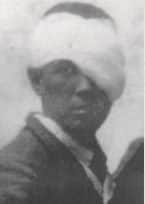

“We hope that this book will trigger memories. We would be delighted to hear of other names and stories which will be added to our archive. We are aware of only two women who served; we would be glad to hear of others. Let this book be a legacy to all their efforts and a memorial to them for many years to come.”
This book-project began initially by identifying local men who joined up and were killed in action.
There were 14 names on local memorials, “which seemed a good starting point,” Henry explained, “though we were aware that there were others.”
Advertisement
Hide AdAdvertisement
Hide AdMr Robinson and his team then identified the 58 men who died in action, many of whom had grown up in Ballinamallard and emigrated.
Half of them joined the Royal Inniskilling Fusiliers but others served with a wide range of units such as the Central Ontario Rifles, the King’s African Rifles and the 3rd North Russian Rifles.
“We feel that we have produced a fairly complete list of those who were killed but would not be surprised if readers were aware of others,” Mr Robinson explained.
Ballinamallard and the Great War will be launched in the town’s Methodist Hall this Friday, May 31, at 8pm by Mr Peter Archdale, who is descended from Mr E M Archdale of Riversdale who had four sons who served in the First World War.
Advertisement
Hide AdAdvertisement
Hide AdThe exhibition will be open on Friday from 10am to 9pm and on Saturday, June from 10am to 6pm.
The book will be available to purchase in local shops after the launch at £10, and there’ll be more extracts on Roamer’s page in the very near future.
Today’s photographs from the Fermanagh War Memorial Book of Honour were provided by the Inniskillings Museum.